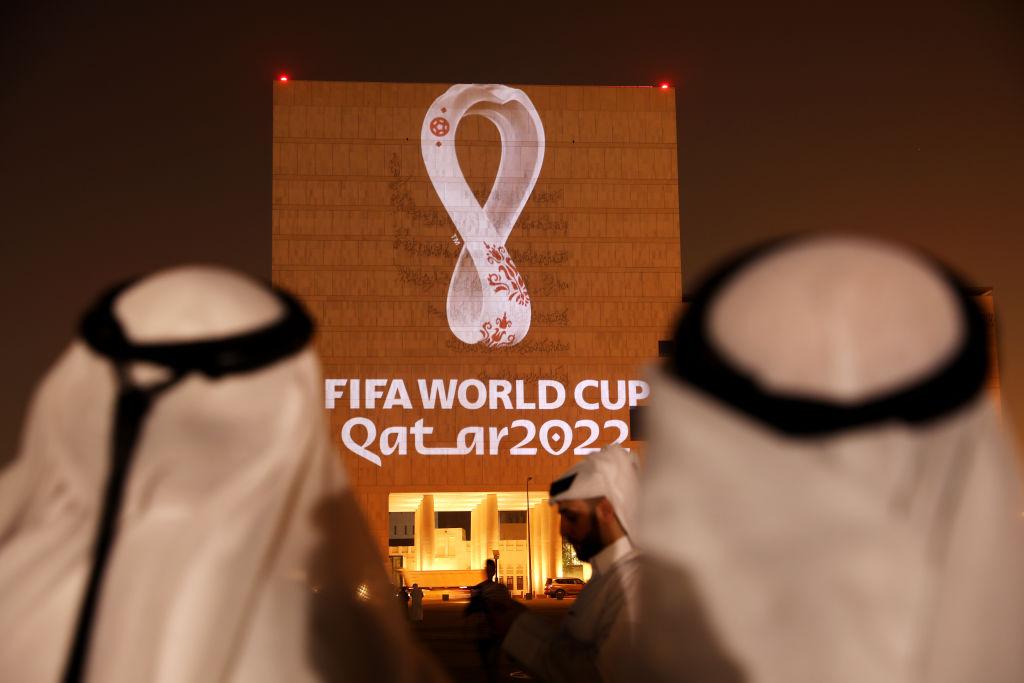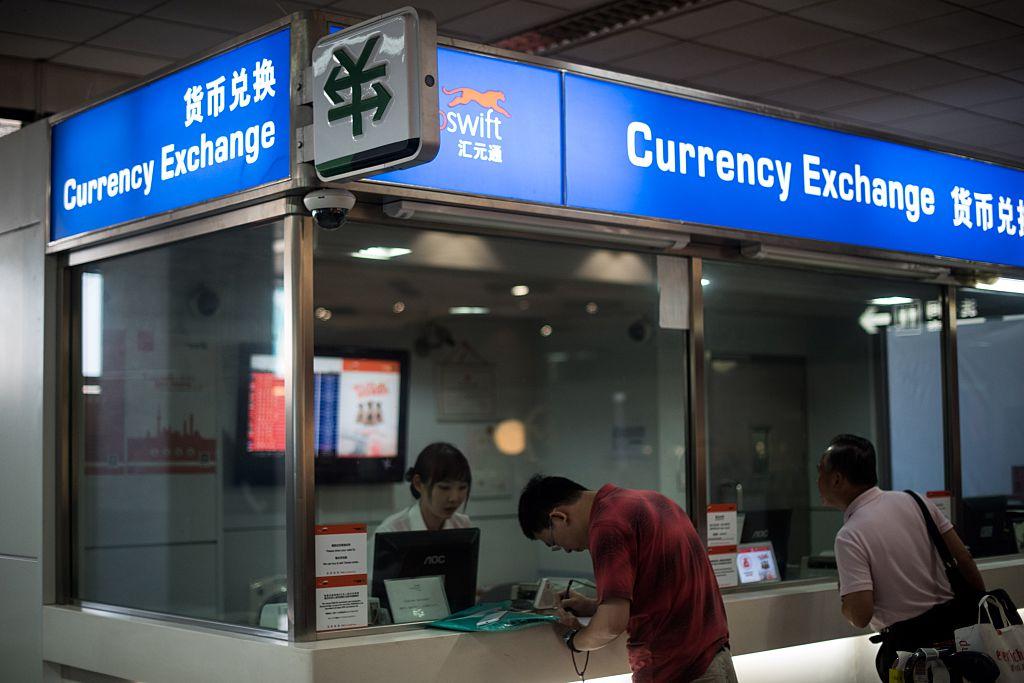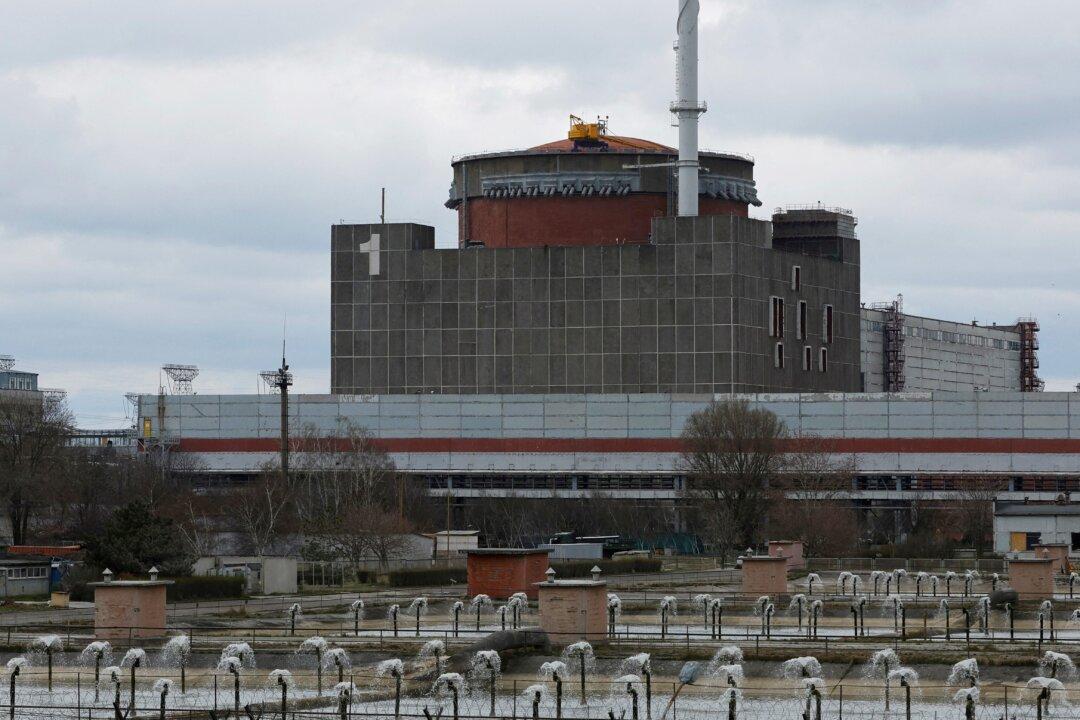Although the Chinese men’s national soccer team was disqualified early on from the FIFA World Cup 2022 in Qatar, China is touting its role in building the game’s centerpiece venue, the Lusail Stadium.
However, reports of widespread human rights abuses during construction loom over what would otherwise have been a showcase of modern architecture, with some media describing it as the “stadium of shame” and referring to the World Cup as the “Qatar World Cup of Shame.”
The iconic bowl-shaped stadium was one of eight stadiums constructed for the World Cup.
However, recent reports indicate that migrant workers who contracted to build Qatar’s World Cup stadiums endured human rights abuses ranging from nationality-based discrimination, illegal recruitment practices, and wage theft to deprivation of legal rights.
The report alleged workers suffered “persistent and widespread labour rights violations,” including “workplace violence—including physical, verbal, and mental abuse.” Abuses at the Lusail Stadium, the final game’s venue, are mentioned numerous times.

Widespread Labor Rights Abuses Alleged
“Supervisors would hit us in front of other workers to pressure us to work faster and complete our work on time. This physical abuse was never addressed. You could report, but nothing would happen because the perpetrators were our supervisors,” a Kenyan worker employed by HBK at the Lusail stadium project told Equidem.Another Kenyan worker employed at the project said he worked 14-hour days without overtime pay for more than two years.
Chinese media reports paint a different picture.
However, the statement directly contradicts Equidem’s report.
A Nepalese worker at the Lusail Stadium project told Equidem that workers were forced to keep working amid hot temperatures.
“Once, when a FIFA group came to Lusail Stadium, workers were on site. Workers have seen deaths and other accidents. If they complain, there is a risk that the license of the [contractor] may be revoked. To avoid this, we were all sent to the camp at least an hour or two before the FIFA group’s arrival. Everyone was sent to [the] camp. There was no worker on-site,” the Nepalese worker said, adding that the fire alarm was frequently rung deliberately to clear workers from the construction site.
The worker said that, at some point, it was clear that the fire drills were false alarms and workers stopped heeding them.
“Workers started to hide [in the worksite for] a chance to complain to the FIFA group. Then the company started checking if anyone [was] still on site. If anyone was caught hiding, they were either sent back home or had their salary deducted,” the worker added.
Expert: China Shares Responsibility
Li told the Business Herald that CRCC and HBK “formed a close joint venture” to construct the 2022 World Cup stadiums in Qatar. He noted that HBK is one of the most powerful large-scale construction companies in Qatar, and “cooperating with local companies is the general direction advocated by the Chinese belt and road initiative.”However, when it comes to the mistreatment and exploitation of migrant workers at Qatar’s Lusail Stadium, China current affairs commentator Xia Yifan told The Epoch Times on Nov. 28 that CRCC is a general contractor and, as such, bears ample responsibility.
“In the international engineering construction industry, Chinese companies usually win bids at low prices. They employ the pettiest tricks and have the worst reputation. One of the most prominent features is the poor treatment of workers,” Xia said.
Xia said he fears the company will escape responsibility for the abuses, however: “I don’t think the CRCC will leave a legal loophole. Because these local companies have channels to avoid risks.”
Xia said if the project had taken place in the United States, the labor rights violations would not have happened. In a first-world nation, the CRCC could not “afford the consequences of lowering workers’ wages, let alone abusing workers to death,” Xia said.
The Equidem report also points to workers’ deaths, alleging lax safety standards.
A Nepalese worker told Equidem that a worker from Bangladesh plunged to his death from the fifth floor in March 2019. Reportedly, he was not wearing a safety belt. And in 2021, a Chinese worker fell from around 82 feet and died.
The Epoch Times reached out to HBK for comment.






